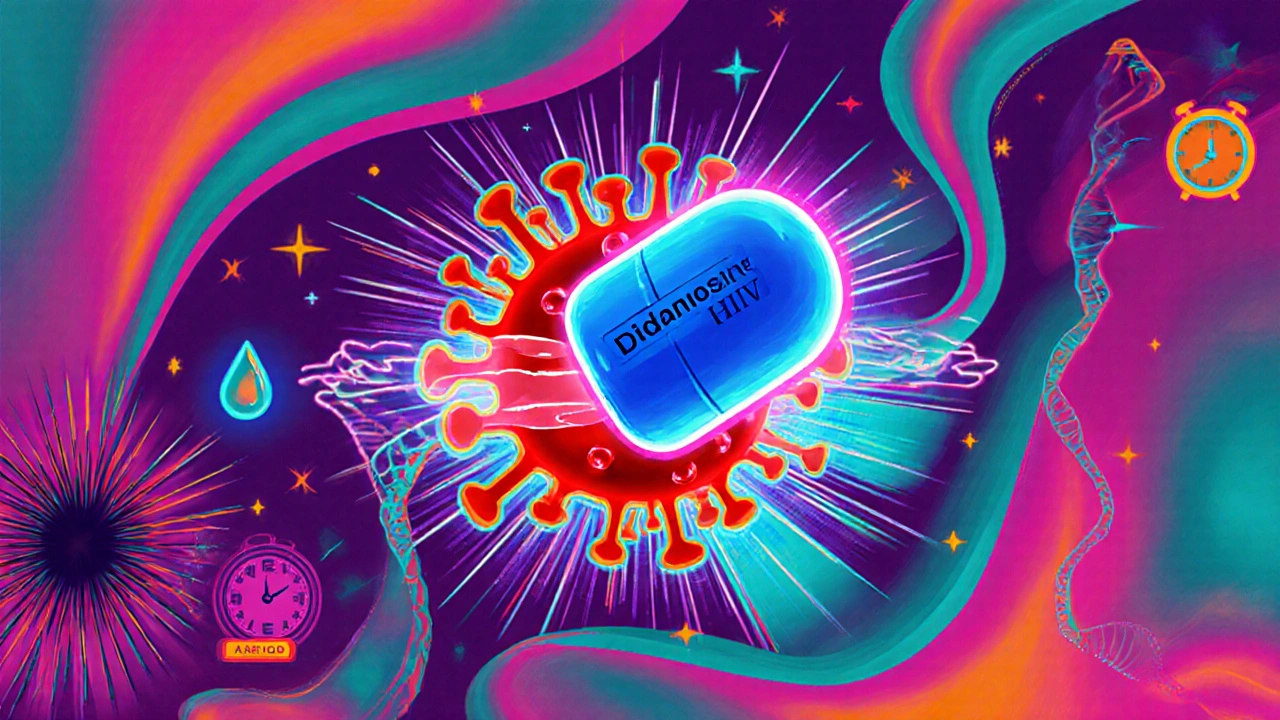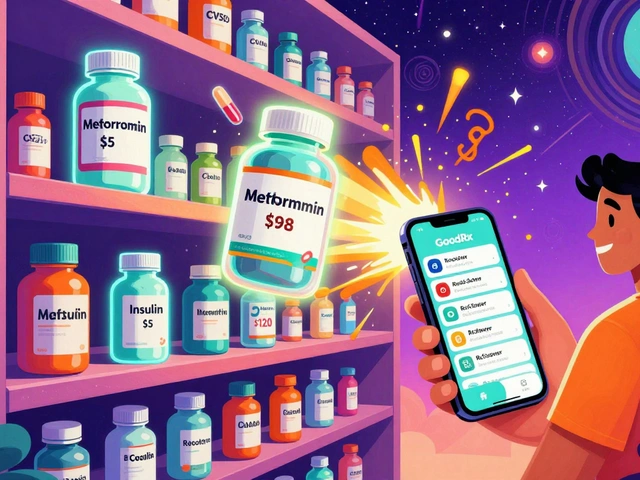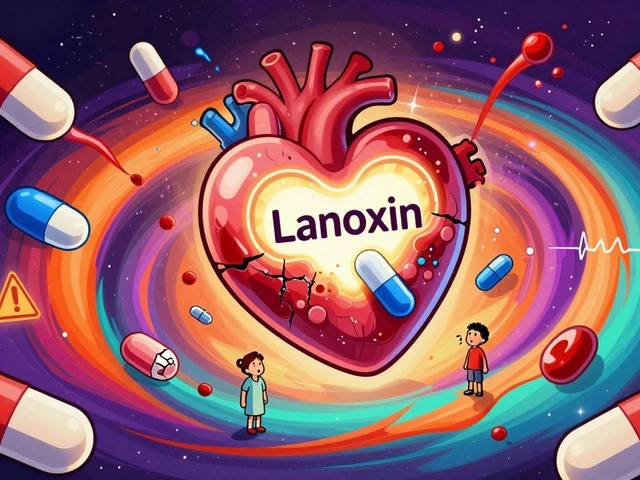Didanosine: Antiretroviral Drug Overview
When dealing with Didanosine, a nucleoside reverse transcriptase inhibitor used in HIV therapy. Also known as ddI, it helps lower viral load by blocking reverse transcriptase. The drug targets Human Immunodeficiency Virus (HIV), the virus that attacks the immune system and is a cornerstone of antiretroviral therapy, a combination treatment regimen designed to suppress viral replication. If you’re new to the world of HIV meds, understanding these three pillars—Didanosine, HIV, and ART—sets the stage for everything else.
How Didanosine Works Inside the Body
Didanosine belongs to the class of drugs called nucleoside reverse transcriptase inhibitors (NRTIs). Once you swallow a tablet, your body converts it into an active form that mimics the building blocks of viral DNA. The reverse transcriptase enzyme tries to use this mimic, but it can’t extend the DNA chain, so the virus stops replicating. In short, Didanosine is a type of NRTI and inhibits reverse transcriptase—two semantic links that explain why it’s effective against HIV.
The drug’s potency depends on proper absorption and activation inside immune cells. Because it’s a chain‑terminating nucleoside, Didanosine works best when paired with other agents that attack the virus at different stages. This synergy is why clinicians often place it in a multi‑drug regimen rather than using it alone.
However, the same mechanism that stops the virus can also affect your own cells. Common side effects include nausea, diarrhea, and loss of appetite. More serious concerns are peripheral neuropathy and pancreatitis, especially at higher doses or in patients with kidney issues. Monitoring kidney function and adjusting the dose accordingly is a key safety step.
Because Didanosine can cause mitochondrial toxicity, doctors usually check blood counts and liver enzymes regularly. If you notice tingling in your hands or feet, it’s a sign to alert your physician right away. Early detection helps prevent permanent nerve damage.
Didanosine’s role in antiretroviral therapy means it rarely stands alone. Current guidelines recommend combining it with drugs from other classes—like protease inhibitors or integrase inhibitors—to achieve deep viral suppression. When all drugs work together, the viral load can drop to undetectable levels, which dramatically reduces the risk of disease progression and transmission.
Viral load monitoring is the practical way to see if Didanosine is doing its job. A steady decline in copies of HIV RNA per milliliter of blood signals that the regimen is effective. If the viral load plateaus or rebounds, clinicians may need to switch drugs or address adherence issues.
Adherence is the silent hero behind any successful ART plan. Skipping doses gives the virus a chance to replicate and develop resistance, which can render Didanosine and other NRTIs less effective. Setting reminders, using pill boxes, and keeping regular appointments are simple habits that protect your treatment.
Beyond the pills, lifestyle factors matter. Maintaining a balanced diet, staying hydrated, and avoiding alcohol or smoking can ease gastrointestinal side effects and support overall immune health. Some patients find that taking Didanosine with food reduces nausea, though the exact timing should follow your doctor’s instructions.
In summary, Didanosine is a tried‑and‑tested NRTI that plays a specific role in suppressing HIV when used correctly. Understanding its mechanism, watching for side effects, and keeping viral load tests on schedule are the three pillars of safe use. Below you’ll find a curated collection of articles that dive deeper into Didanosine comparisons, safety tips, and real‑world patient experiences, giving you the practical tools you need to manage your treatment effectively.
Living with HIV: Real Stories of Using Didanosine in Treatment
Real-life stories of people living with HIV who use didanosine, covering side effects, monitoring, and practical tips for managing treatment.





